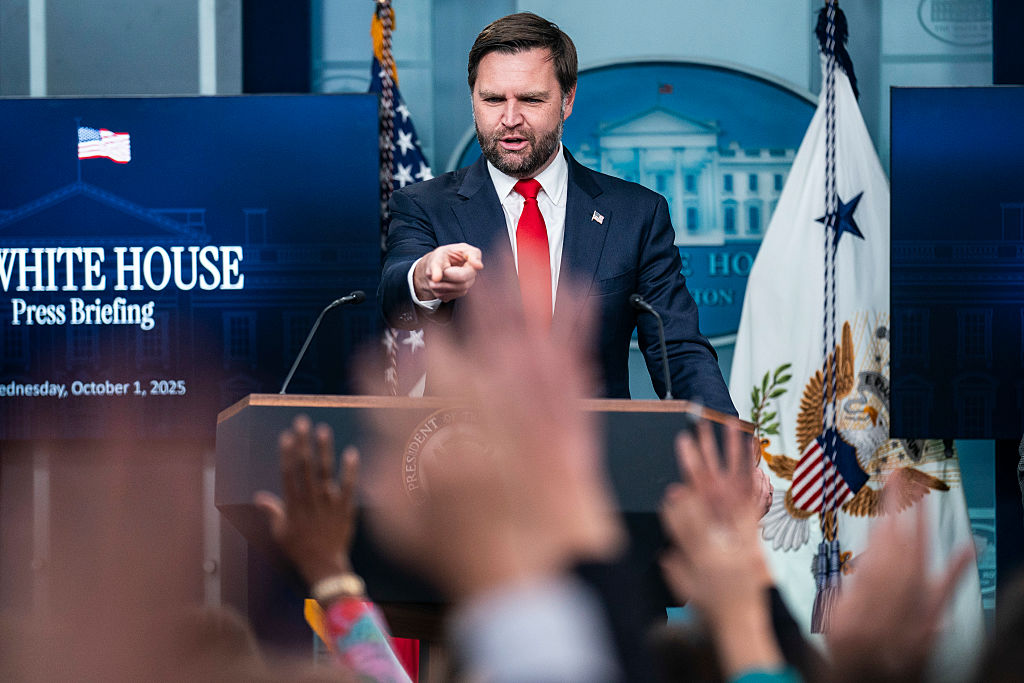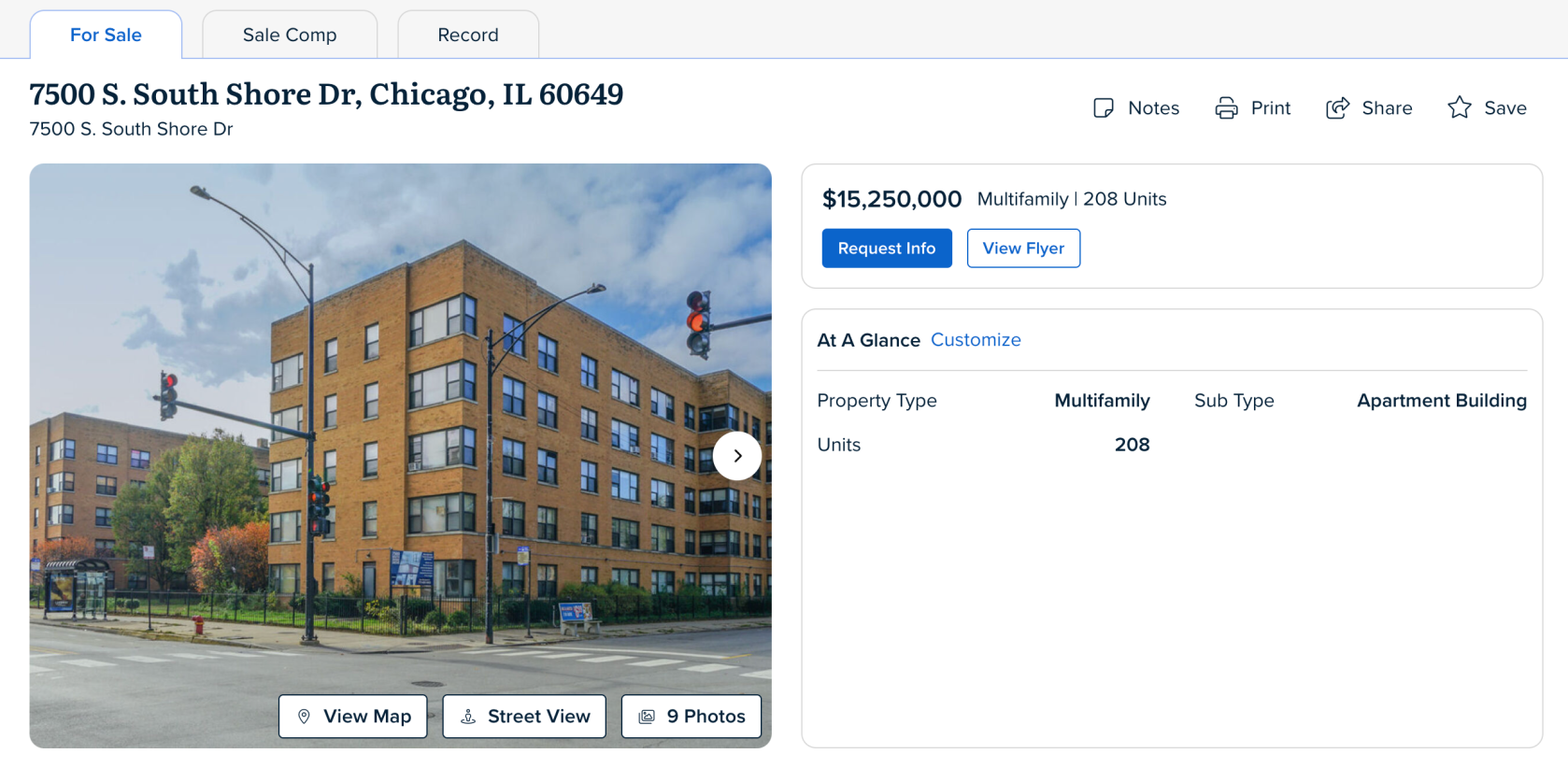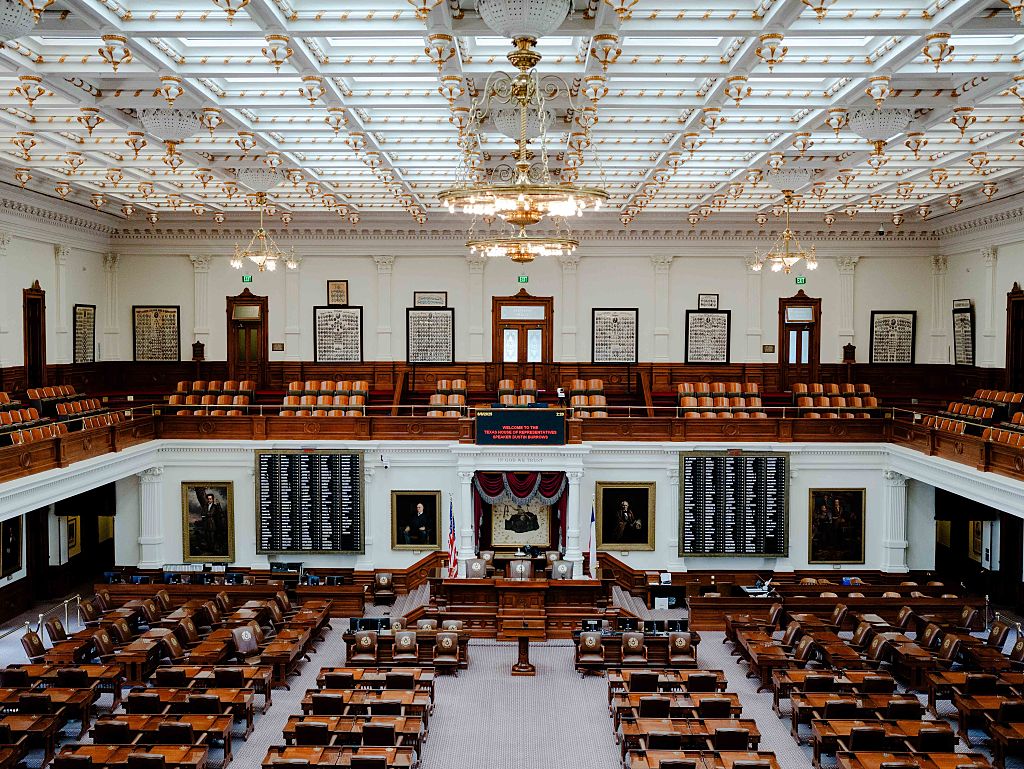Charlotta Jannsen Freedom Riders: Artist Creates Exhibit From Freedom Riders' Mugshots, Documents
Artist Creates Powerful Exhibit From Freedom Riders’ Mugshots, Documents
Far off from the public eye, the Brooklyn Navy Yard looms over the Brooklyn waterfront, quiet and unassuming as a warehouse.
From its outside, you’d never guess this industrial landmass serves as a safe haven for businesspeople, photographers, media, and artists alike.
On a cool August morning, someone from the latter category stands right before the entrance. Clad in a green worksuit with blue and white splotches, Charlotta Janssen looks more like a hired house painter than a creative one. That perception changes once you enter her studio on the 8thfloor and give your head the 360 degree treatment.
To your immediate left hangs pictures of a naked couple presumably after sexual intercourse, to the right, a man with a half-smile, half-scowl on his face.
The main part of the room, however, is where your eyes stay focused: A picture of young Black children at a 1920s Harlem pool lines the upper right (in tribute to Harlem Renaissance man James Van Der Zee). A side painting of Trinidadian activist Stokely Carmichael lies mere feet away. Civil rights staples Martin Luther King, Jr. and Rosa Parks sit nearby with stern looks at the camera.
These three paintings make up part of Jennsen’s “Freedom Riders” exhibit. Currently on display at Philadelphia’s African-American Museum through September 30th, the collection of oil canvas mugshots of those who participated in the 20th century Freedom Bus Rides for integrated public transit is juxtaposed with ID cards, secretly handwritten notes, and any other written documents Janssen could find.
An election inspires an artist
“Around the time of [President Barack] Obama’s election, there was so much joy in my neighborhood, a very multicultural neighborhood in Brooklyn,” Jennsen said about her inspiration to undergo the project. “I needed to put it into something.”
To find that “something,” she turned to a popular problem-solving place these days: the Internet. “I was googling and I found mugshots. The first thing I found was a set of mugshots. ‘One Day In Montgomery’ in 1956 and ‘One Day’ in 1961. And it felt like a real study of a moment and not just a portrait of a person, but a portrait of a moment that I could make artwork around.”
So Jennsen set out to pay tribute, creating a small set of paintings honoring the Montgomery Bus Boycotters of 1955-56 and the Freedom Riders of 1961 and placing them in her Brooklyn restaurant.
“The reaction was very powerful, stronger than anything else I’ve done before.”
The Maine-born artist soon realized she would get greater perspective by heading down south to find an actual Freedom Rider. During her search, Jennsen decided to call Joseph Charles Jones (“I said, Is this Attorney Charles Jones? He said, Not if I owe you money, it ain’t!”), one of the seven original Freedom Riders.
Heading down South
Deeply moved by their conversation, Jennsen immediately purchased a plane ticket to visit Jones in North Carolina. “It was really the first time I got to experience the South,” Jennsen remarked about the experience. “I felt even more compelled to have to recap this story and make this story powerful.”
As a German-American who spent most of her youth in Europe, learning more about the Third Reich than the “I Have A Dream” speech, however, some might question Jennsen’s ability to accurately capture what many see as an African-American struggle. Jennsen counters this line of thinking by saying that her international upbringing makes her better equipped to do so.
See the Freedom Riders Exhibit on display in Philly in our exclusive Summertime Remixed Video Series:
“My grandparents met in a donut shop in Brooklyn, but they went back and my mother was born in China,” she noted. ” So basically, I come from an outside-in, but inside-out perspective — a little bit of both. It helps to grow outside the States, at least for a while, to learn to be ignorant of the issues of race, or to realize that they don’t really matter.”
“The issue of race is a really sad subject. It’s so unnecessary, but it has deep roots and a deep history and you have to deal with them in order to be able to move on. I think that I can be of help with dealing with a history like that because I’ve had to learn by default to deal with that history by birth — by the fact that I was born German, as well as American.”
Moving beyond skin color
Additionally, Jennsen doesn’t see the Freedom Riders as a race-based issue, but a group who connected all people. “It truly is the movement of the colorblind, teaching the others to see. It was not an issue of Black, White, or anything. There is an incredible sincerity across the board. Black, White, no matter what. The Freedom Riders were comprised of men, women, Black men, White men, White women, Black women. As much as they were segregated in jail, they were together in a movement.”
With other projects focusing on environmental activist Tim DeChristopher and suffering cocoa farmers in the Dominican Republic, Jannsen’s “Freedom Writers” workings represent a continued political strife within the createur. And if the name of her upcoming piece, “I’d Like To Thank Bank Of America For My Adjustable Rate Mortgage,” is any indication, that’s not going to change anytime soon. Occupy Wall Street activists would be proud.
SEE ALSO: Christian Groups Stand Behind AkinGambia To Execute All Death Row Inmates By September











